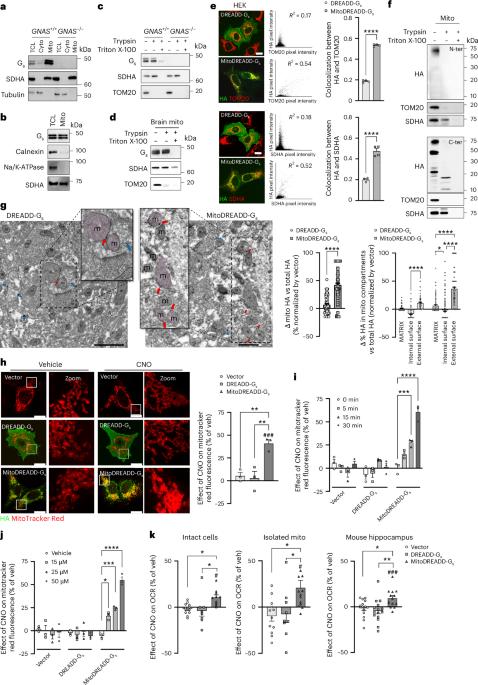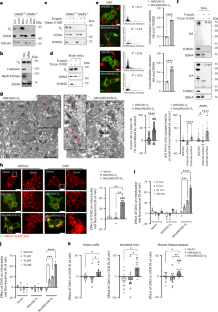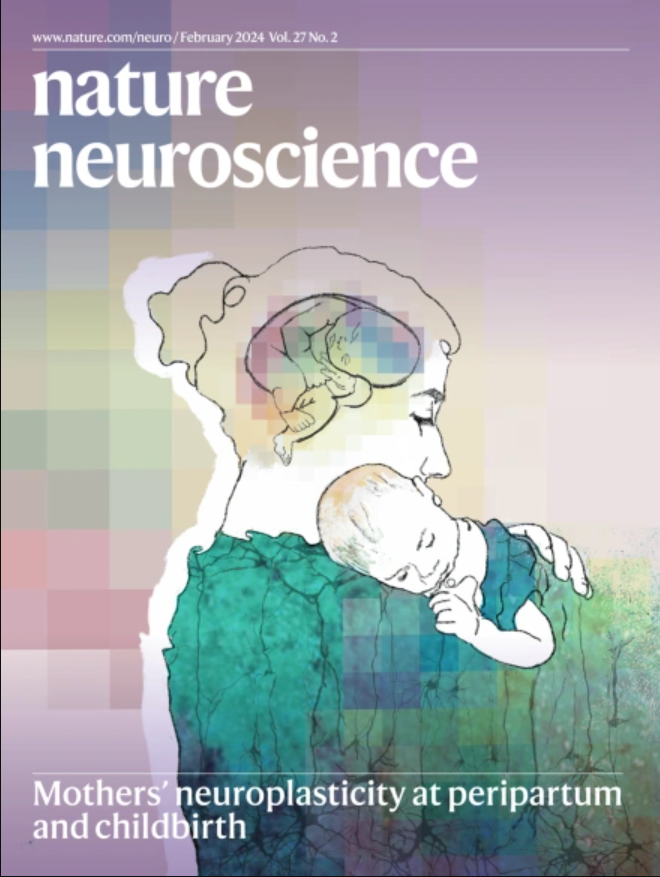mitoDREADD-Gs增强线粒体功能逆转小鼠药理和神经退行性认知障碍
IF 20
1区 医学
Q1 NEUROSCIENCES
引用次数: 0
摘要
许多脑部疾病涉及线粒体改变,但由于缺乏合适的工具,线粒体功能障碍在病理生理过程中的因果作用难以确定。异三聚体鸟嘌呤核苷酸结合(G)蛋白是细胞功能的关键调节因子,它们可以在线粒体中发现。因此,我们推断刺激线粒体G蛋白(Gs)的激活可以快速促进细胞器的活性,并可能补偿生物能量功能障碍。在这里,我们发现一个线粒体靶向重组设计器受体(mitoDREADD-Gs)被设计器药物激活,可以急性触发线粒体内信号传导,增加线粒体膜电位和耗氧量。在大麻素处理的小鼠和阿尔茨海默病和额颞叶痴呆的两种小鼠模型中,mitoDREADD-Gs的体内激活可消除记忆改变。因此,mitoDREADD-Gs能够建立线粒体与生物或疾病相关过程之间的因果关系,并代表了与线粒体损伤相关的疾病的创新潜在治疗方法。本文章由计算机程序翻译,如有差异,请以英文原文为准。


Potentiation of mitochondrial function by mitoDREADD-Gs reverses pharmacological and neurodegenerative cognitive impairment in mice
Many brain disorders involve mitochondrial alterations, but owing to the lack of suitable tools, the causal role of mitochondrial dysfunction in pathophysiological processes is difficult to establish. Heterotrimeric guanine nucleotide-binding (G) proteins are key regulators of cell functions, and they can be found within mitochondria. Therefore, we reasoned that the activation of stimulatory mitochondrial G proteins (Gs) could rapidly promote the activity of the organelle and possibly compensate for bioenergetic dysfunction. Here, we show that a mitochondria-targeted recombinant designer receptor exclusively activated by designer drugs (mitoDREADD-Gs) can acutely trigger intramitochondrial signaling to increase mitochondrial membrane potential and oxygen consumption. In vivo activation of mitoDREADD-Gs abolished memory alterations in cannabinoid-treated mice and in two mouse models of Alzheimer’s disease and frontotemporal dementia. Thus, mitoDREADD-Gs enables the establishment of causal relationships between mitochondria and biological or disease-related processes and represents an innovative potential therapeutic approach for disorders associated with mitochondrial impairment. Activation of Gs signaling at mitochondria by mitoDREADD-Gs increases mitochondrial metabolism, leading to better memory in mouse models of dementia, directly linking brain mitochondrial deficits to cognitive symptoms of neurodegenerative diseases.
求助全文
通过发布文献求助,成功后即可免费获取论文全文。
去求助
来源期刊

Nature neuroscience
医学-神经科学
CiteScore
38.60
自引率
1.20%
发文量
212
审稿时长
1 months
期刊介绍:
Nature Neuroscience, a multidisciplinary journal, publishes papers of the utmost quality and significance across all realms of neuroscience. The editors welcome contributions spanning molecular, cellular, systems, and cognitive neuroscience, along with psychophysics, computational modeling, and nervous system disorders. While no area is off-limits, studies offering fundamental insights into nervous system function receive priority.
The journal offers high visibility to both readers and authors, fostering interdisciplinary communication and accessibility to a broad audience. It maintains high standards of copy editing and production, rigorous peer review, rapid publication, and operates independently from academic societies and other vested interests.
In addition to primary research, Nature Neuroscience features news and views, reviews, editorials, commentaries, perspectives, book reviews, and correspondence, aiming to serve as the voice of the global neuroscience community.
 求助内容:
求助内容: 应助结果提醒方式:
应助结果提醒方式:


